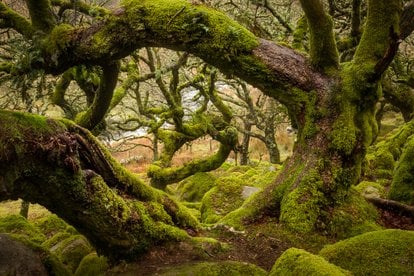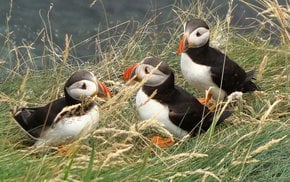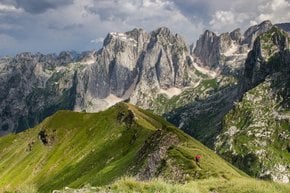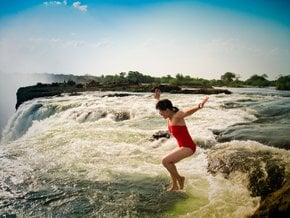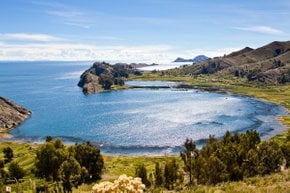Wistman's Wood in England 2025-2026
One of the few remote high-altitude oakwoods that remain in England
Best time: all year round
Wistman's Wood is dark and mystic, with moss-covered rocks and large old trees with twisted branches. No wonder it is considered to be haunted and surrounded by many myths and local legends. The name may originate from the Devonshire dialect word "wisht" meaning eerie or uncanny. Wistman's Wood is one the highest oakwoods in England that hasn't changed for centuries and is almost untouched by humans. Wistman's is what's left of the ancient forest that covered Dartmoor in 7000 BC, before the Mesolithic era. Being an outstanding example of native upland oak woodland, it has been a Site of Special Scientific Interest since 1964.
Wistman's Wood facts
Wistmans covers about 3.5 ha (9 acres). South-west facing slopes have large granite boulders and pockets of acidic brown earth soils. The area serves as a nature reserve, and many people visit via access from the southern end of South Wood. You can also spot cattle and sheep in open terrain areas. It also has a large population of adders.
Wistmans has inspired artists, poets, and photographers. It was described in The Tree, a 1978 essay by novelist John Fowles. Also, there are a lot of folklore tales. According to a local myth, it was a sacred place for druids and home to fierce “Wisht Hounds”—huge black dogs with red eyes.
How to get there
Drive to the Two Bridges Hotel car park in in Dartmoor, Devon and then walk to the Wistman's Wood trailhead. You'll have to hike for nearly an hour on rocky terrain and an exposed granite slope, starting from the southern end of South Wood. The trail is unmarked, and it is possible to get lost in the rugged landscape. Therefore, hiring a guide or taking a tour is advisable to avoid getting lost while enjoying the beautiful scenery on the way to the woods.
Best time to visit
Throughout the year, Wistman's Wood offers an awe-inspiring landscape, with each season adding unique features to the scenery. During winter and spring, the woods exhibit a mysterious and grayish view, while during summer, it bursts with mesmerizing green colors. However, the period between late spring and early summer is the best time to visit as the bluebells bloom and give a sea of blue flowers to the twisted oaks' shadows.
Flora and fauna
Wistman's Wood harbors one of the rarest soil types, the Granitic Gabbro Slow, which has acidic, clay-rich, and humus soil. This unique soil type provides a perfect habitat for several species of plant and wildlife. The soil allows the trees to access sufficient nutrients, which enhances their survival and extends their longevity. The oaks' roots expand through the clay and hummus, forming a complex network that holds the soil in place and limiting the erosion rate.
Several rare and endangered species call Wistman's Wood home due to its uniqueness and isolation. The woods offer a natural habitat for adders, slow worms, and common lizards. Birdwatchers can find different species of birds like pied flycatchers, hawfinches, and wood warblers that live in the woods. The open areas around Wistman's Wood also provide ideal grazing spots for Dartmoor ponies and cows, maintaining the ecosystem's balance.

